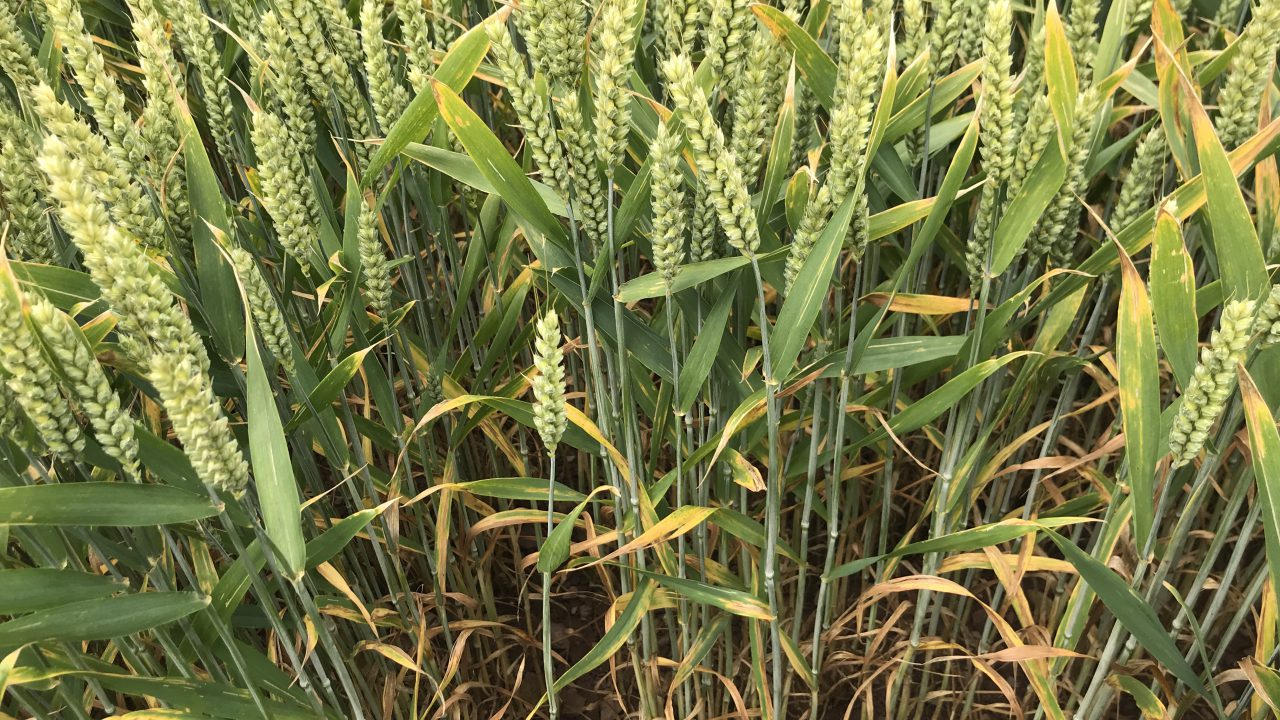A series of combined crop establishment and rotation trials, carried out at Teagasc Oak Park since 2014, has shown conclusively that the inclusion of a break crop substantially drives winter wheat yields, relative to a monoculture scenario.
This was the core message delivered by Teagasc research officer, Dermott Forristal during his presentation to Day 2 of the 2021 National Tillage Conference.
He commented:
“There are sustainability issues impacting on Ireland’s tillage sector at the present time. These encompass: soil structure and fertility; greenhouse gas [GHG] emissions; disease; weed control; and the core challenge of making money from crops.”
Forristal made the point that it is wrong to talk about systems in an absolute sense, adding:
“Where establishment is concerned, people refer to the likes of ploughing min-till and direct-drill in a very simplified manner.
However, in an Irish context we are looking at implementing variants within some of those systems.
According to Forristal, it takes many years of research to identify long term trends that will impact at farm levels.
Knockbeg trials
The recently completed trials at Knockbeg combine four cultivation systems across a five-crop rotation.
These were assessed in the context of the following rotation: winter oilseed rape; winter wheat; winter oats; a second winter wheat; and then winter barley. The yields obtained were compared with those generated by continuous wheat.
The results now available from the trials cover a full rotation period.
“During the period 2014 to 2020, wheat crops averaged 11.2t/ha; winter barley – 9.5t; winter oats – 9.1t and winter oilseed rape – 4.9t,” Forristal explained.
However, the work confirmed that the inclusion of a break crops benefits wheat yields within a rotation.
“The increase, relative to continuous wheat, can range from 3% to 41%. In addition, the benefit of the break crop can be seen as early as year two.
The average increase secured over the six years of the trial was 19%. In terms of crop margins generated by wheat crops in a rotation versus a monoculture, the average increase works out at €208/ha.
“We believe that the fall-off in continuous wheat yields is due to the impact of take-all,” Forristal added.
“There was no interaction between rotation and the cultivation system used. Rotation was the key driver when it came to determining final yield.”
Ploughing
Where crop establishments options are concerned, the Knockbeg work showed little yield differences when either conventional ploughing, shallow ploughing, or min-till was used.
“Winter barley was the crop that strip tillage performed poorest on. But oats performed particularly well, where strip till is concerned,” Forristal said.
“Conventional ploughing, shallow ploughing and min-till are all capable of generating high crop yields,” he concluded.
